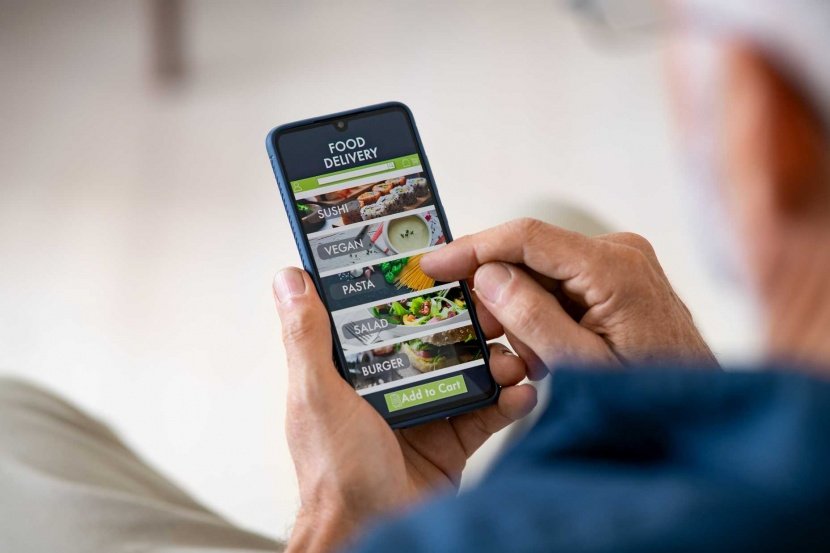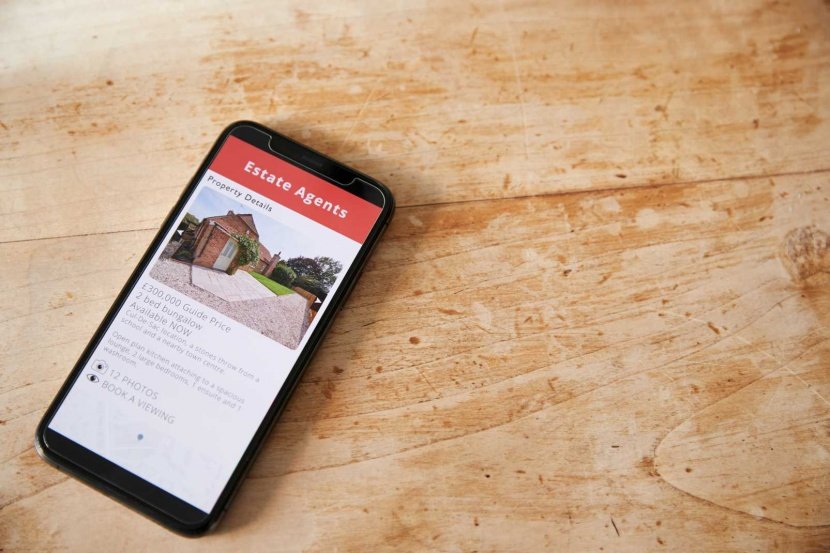By 2025, the mobile industry will have 5.9 billion unique mobile subscribers or 71% of the expected population of the Earth.
The modern smartphone user has an average of 35 mobile applications installed on the device. However, many of them are removed after the first use. Why you ask? It is widely agreed that its simply because of poor performance or low productivity. At the same time, the mobile industry continues to grow and the number of mobile startups is only growing.
So, what will happen to the mobile market over the next decade? I believe we will see how artificial intelligence is developing with the needs of users. This should bring the user closer to his mobile device.
As 5G technology is already approaching the market, the ability to transfer and download video content will grow rapidly. This is facilitated by the exponential development of the content itself, thanks to social networks.
Since Siri and Google Assistant have already reached their potential, in the near future we will see the widespread introduction of voice control. This will open up more opportunities for both “publishing” applications and marketers for closer communication with their customers. The future of applications can be divided into three main blocks.


- Speed and efficiency: The mobile application environment is faster than the mobile network. This speed allows users to quickly access content, which increases the chance to satisfy a particular need in time. 62% of Millenial generation users (or simply Generation Y) prefer to make purchases and view products through the application because of the high degree of personalization of offers and the speed of the transaction.
- Precision and profitability: applications stimulate the development of technologies such as geolocation (location accuracy) and voice search. Applications create a kind of summary table of needs, that is, in addition to the user’s image, there is information about hobbies: what they do and what they like.
- Reliable access: users install mobile apps on their devices in the hope of getting important and relevant contents. Proved to get more relevant (most suitable for the request) content, users are ready to disclose their personal data.
As mentioned above, the average number of installed mobile applications in one smartphone is 35, but only 5 of them are used most often. Some may say that this is an obstacle to the development of the industry. However, application revenue is growing rapidly and is expected to grow in the future.
In order to keep up with the rapidly developing digital market, mobile developers must make sure that even at the stage of creating an application, they are more focused on consumer requirements and take into account existing decisions, hoping to refine them. Users now expect more personalization and adaptation to their location.


Applications are best suited for the realization of these capabilities due to the intelligent integration of data transfer technologies and services:
User perception is one of the most powerful tools in the hands of marketers and developers. A huge amount of accumulated information from users (location, interests, habits, etc.) helps to quickly find applications with them a common language. Anyway, nowadays users themselves form the market of mobile applications by their needs.
This turns out to be the big question that many companies ask when thinking about creating an app. Create an application designed exclusively for mobile (native) or think of a design that suits any device (responsive web)? The general recommendation is to have both. But if the company does not have sufficient resources, then what advises is to use responsive web design, when visitors are occasional. If what you have are recurrent users, the best option will always be to think of a native app.
A generation that has always lived in a world of mobile devices requires great interactive applications. The main expectations from developers are relevance and personalization.
It is important that you consider developing a mobile app for your business. You should meet with top app development companies to discuss how your mobile app can be tailored to the need of your organization. The more time you spend without creating an app for your business, the more the potential clients you could be losing.

Other Recent Posts
Strategies for Distributing Leaflets in Urban Areas
The high activity levels in cities make them excellent destinations to spread leaflets because of the large number of people passing through their streets. Fast moving city life and many different types of people create special problems for us. To help your leaflet efforts succeed you should create a strategy that matches the needs of […]
Ensuring Your Leaflets Aren’t Seen as Junk Mail
Leaflet distribution works as a strong marketing method when recipients find the content compelling to interact with. Most people treat promotional leaflets as junk mail and discard them right after receipt. What process helps you make leaflets that people will want to open instead of throw away? These steps help you create leaflets that people […]
Using Leaflets to Promote Community Health Campaigns
Public health campaigns are important tools in reaching the community and in sensitising the community as well as to encourage people to change their behaviour. Despite the popularity of digital technologies, such visual aids as, for instance, leaflets are also very influential in the target population. That is how the distribution or use of leaflets […]
Leaflet Distribution Ideas for Luxury Brands
This is true of an era where digital advertising prevails and luxury brands demand to remain exclusive while being as visible as possible to the right people. The purpose here is not to advocate leaflet distribution, but rather to vocalize how effective and elegant it can be in the right context: when executed with sophistication. […]






